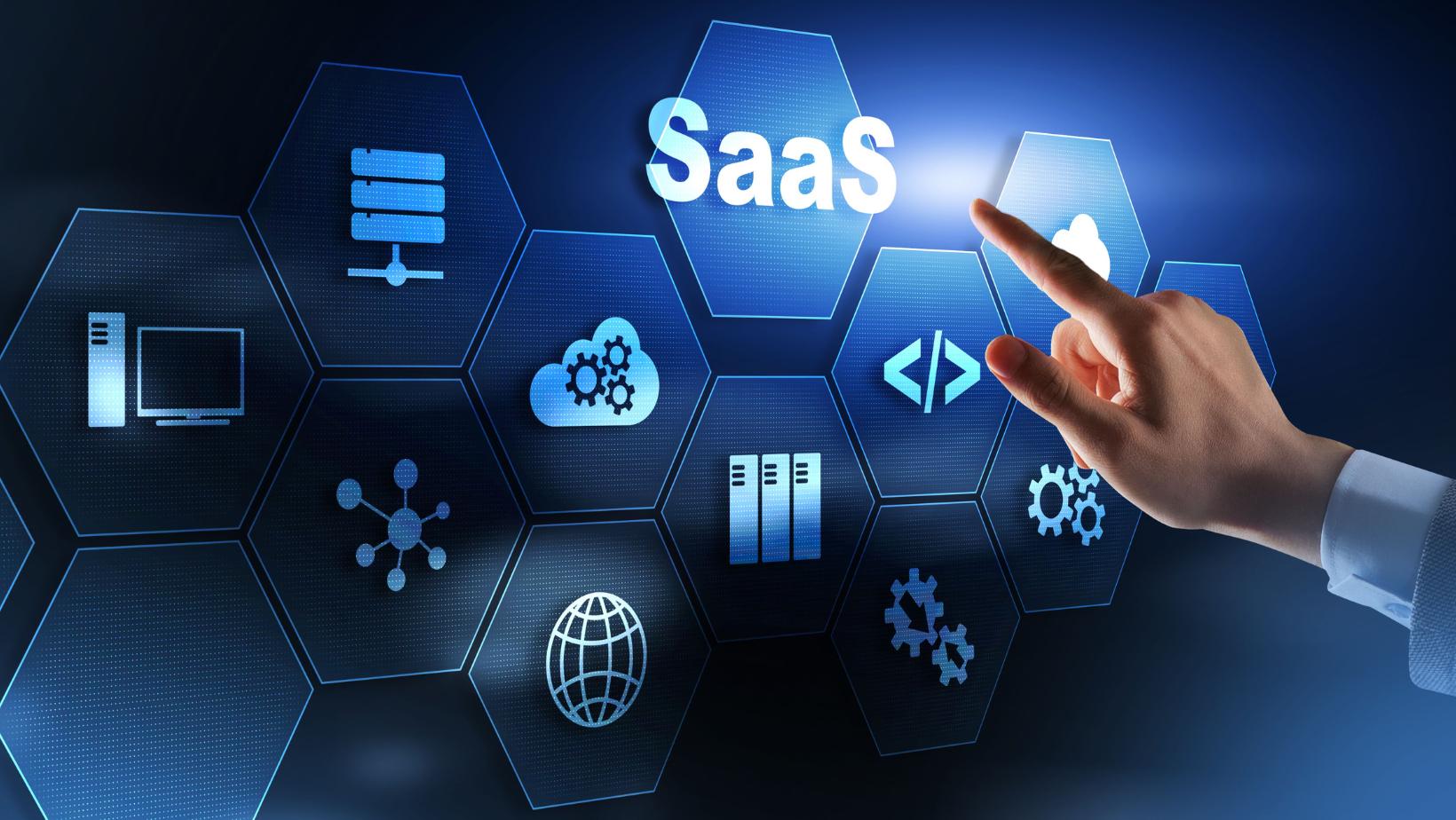Unlocking the Potential of Software as a Service (SaaS) for Contemporary Companies
In today’s fast-paced, technology-driven world, businesses are constantly on the lookout for innovative solutions that can streamline their operations, increase efficiency, and drive growth. This is where Software as a Service (SaaS) steps in as a game-changer. By harnessing the power of cloud computing, SaaS offers scalable and flexible software solutions that meet the ever-evolving needs of businesses of all sizes and industries.

Learning What SaaS Is All About
At its core, SaaS is a software distribution model in which applications are centrally hosted and provided to users over the internet on a subscription basis. Unlike traditional software that requires installation and maintenance on individual systems, SaaS allows users to access applications directly through a web browser, reducing the burden of infrastructure and hardware costs.
Advertisement
You Definitely Need SaaS Exactly For This Reason
Businesses face numerous challenges today, including budget constraints, evolving customer demands, and the need for constant innovation. SaaS alleviates many of these challenges by providing cost-effective, efficient, and up-to-date software solutions. With SaaS, businesses can focus their resources on core competencies rather than worrying about software updates, maintenance, and security patches.
- Scalability: SaaS offers businesses the ability to easily scale their software needs up or down as their requirements change. This flexibility ensures that businesses can adapt to market fluctuations and easily accommodate growth without the need for significant upfront investments.
- Cost Savings: One of the most significant advantages of SaaS is its cost-effectiveness. Instead of purchasing costly licenses and investing in infrastructure, businesses can pay for a subscription-based model that aligns with their budget. SaaS eliminates the need for in-house IT staff to manage software updates and maintenance, further reducing costs.
- Accessibility and Collaboration: With SaaS, teams can access applications and collaborate seamlessly across different locations and devices. This promotes effective remote work and allows for real-time collaboration, increasing productivity, and driving innovation.
- Innovation and Upgrades: SaaS providers continually update and upgrade their software to meet the ever-changing needs of businesses. This ensures that businesses have access to early features and functionalities, empowering them to stay competitive in their respective industries.
Great Things About SaaS
- Lower Barrier to Entry: SaaS eliminates the need for businesses to make significant upfront investments in hardware, infrastructure, and IT staff. This allows small and medium-sized businesses to access enterprise-level software without breaking the bank.
- Time Efficiency: With SaaS, businesses no longer have to worry about software installation and setup. Applications can be up and running quickly, saving valuable time and resources.
- Quick and Seamless Updates: Software updates are seamlessly rolled out by SaaS providers, eliminating the need for businesses to handle time-consuming and complex update processes. These updates ensure that businesses always have access to the early features and security enhancements.
- Enhanced Security Measures: SaaS providers prioritize top-notch security and often employ dedicated teams to ensure the protection of data. By relying on SaaS, businesses can benefit from the expertise and advanced security measures implemented by these providers, increasing data protection and minimizing security risks.
Advertisement
Few Downsides of SaaS
- Dependency on Internet Connection: SaaS applications rely heavily on stable internet connections. Any disruptions in connectivity may limit or completely hinder access to essential software, impacting productivity. However, this risk can be mitigated through backup plans and redundant internet connections.
- Limited Customization: SaaS applications often have limited customization options relate to on-premises software. While this enables a streamlined experience, it may not suit businesses with unique requirements that demand extensive customization.
- Data Security Concerns: While SaaS providers prioritize security, entrusting sensitive data to a third-party does come with inherent risks. It is crucial for businesses to thoroughly assess the security protocols and compliance certifications of potential SaaS providers before entering into agreements.
Conclusion
Software as a Service (SaaS) has emerged as a powerful tool for businesses seeking efficient and cost-effective software solutions. Its ability to scale, reduce costs, enhance accessibility, and drive innovation provides undeniable benefits to businesses across industries. However, it is important to carefully evaluate the unique needs and security requirements of your business before embracing SaaS. By leveraging the power of SaaS, businesses can unlock their full potential and remain agile in an ever-changing digital landscape.
References:
- Chai, Wesley, and Kathleen Casey. “Software as a Service (SaaS).” Cloud Computing, October 24, 2022. https://www.techtarget.com/searchcloudcomputing/definition/Software-as-a-Service.
- Team, Ibm Cloud, and Ibm Cloud Team. “Top 5 Advantages of Software as a Service (SaaS).” IBM Blog, September 18, 2020. https://www.ibm.com/blog/top-5-advantages-of-software-as-a-service/.
- CompTIA. “What Is SaaS – Advantages and Disadvantages | Cloud Computing | CompTIA,” n.d. https://www.comptia.org/content/articles/what-is-saas.